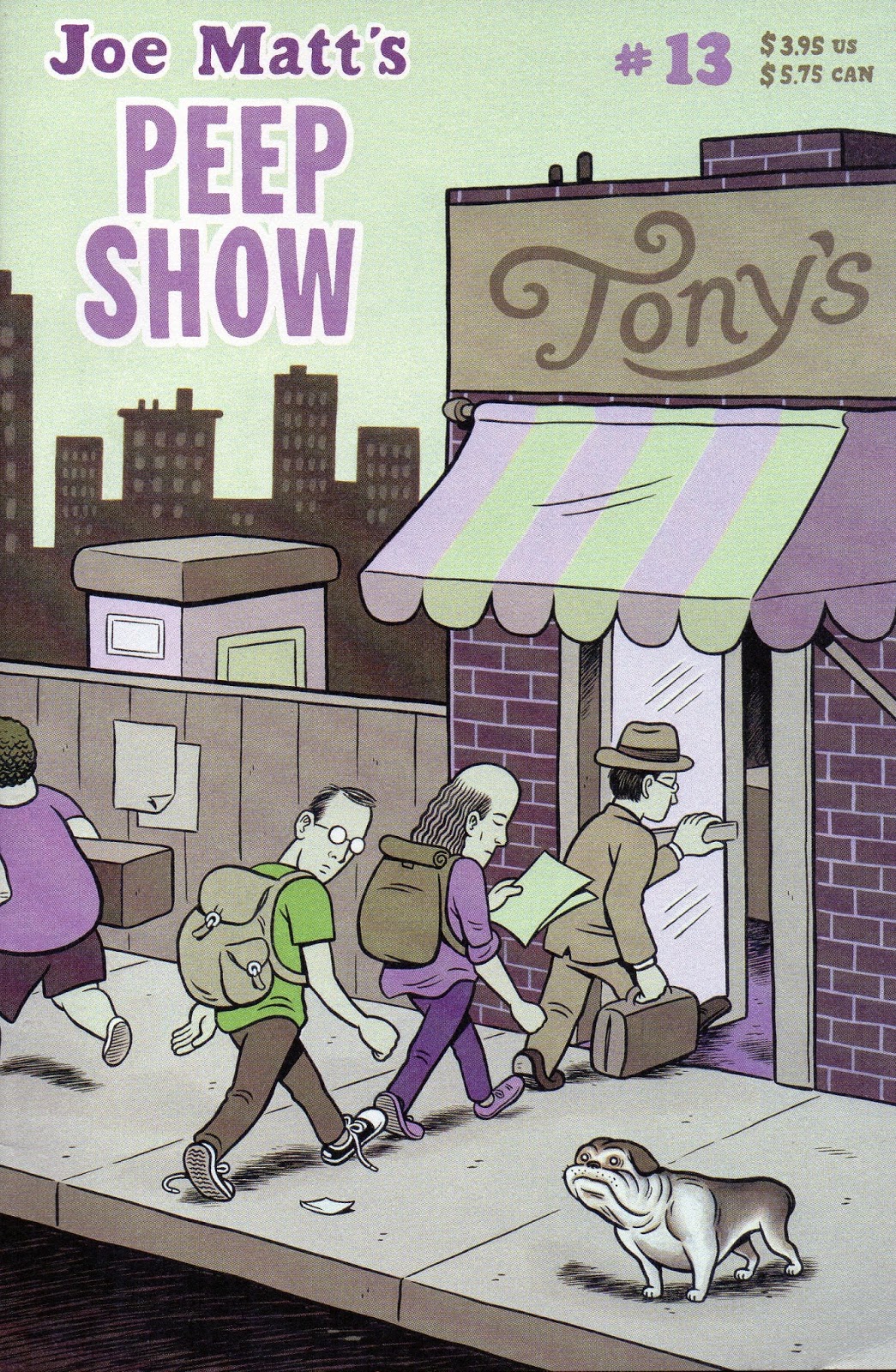José Muñoz (a), Carlos Sampayo (w), "Il caso Webster" [the Webster case], Alterlinus year 2, # 1, January 1975. Yup! The very first Alack Sinner page was published in Italy exactly forty years ago. The above page was signed by Carlos Sampayo for yours truly. 1974 is the year in which Carlos wrote the script (...and José drew the story, of course).
José Muñoz (a), Carlos Sampayo (w), Perché lo fai, Alack Sinner? [why do you do it, Alack Sinner?], Milano Libri, 1976. The first book, also signed by Carlos Sampayo (below: "1 er libro" [first book]). The authors are (left: José Muñoz; right: Carlos Sampayo) behind their character.














